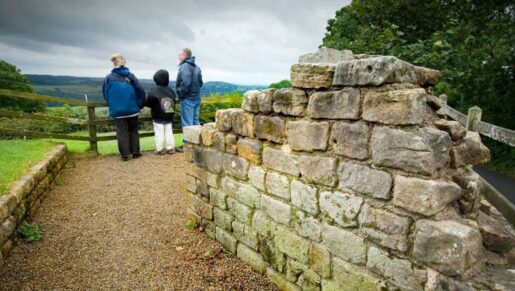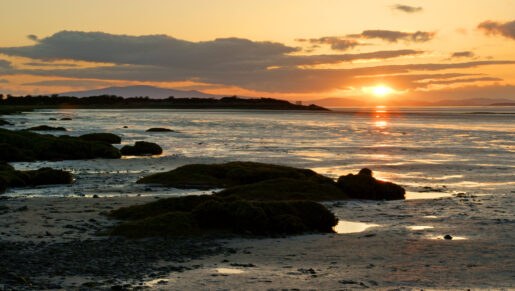
Wallsend
Start Exploring
Wallsend derives its name as the location of the end of Hadrian’s Wall. The town hosted the fort Segedunum which protected the eastern end of Hadrian’s Wall. In dedication to the Romans, Latin signs are dotted throughout the town.
Much of Wallsend’s early industry was driven by coal mining. The Wallsend Colliery consisted of 7 pits which were active between 1778 and 1935. In the 1820s the pits became incorporated as Russell’s Colliery, which then became The Wallsend and Hebburn Coal Company Ltd. By 1924 the colliery employed 2183 people. Its most prominent manager was mining and railway engineer John Buddle who helped develop the Davy Lamp.
Wallsend has a history of shipbuilding and was the home of the Wigham Richardson shipyard, which later amalgamated to form Swan Hunter & Wigham Richardson, probably best known for building the RMS Mauretania. This express liner held the Blue Riband, for the fastest crossing of the Atlantic, for 22 years. Other famous ships included the RMS Carpathia which rescued the survivors from the Titanic in 1912, and the icebreaker Krasin (launched as Sviatogor) which rescued the Umberto Nobile expedition on Spitsbergen in 1928, when Roald Amundsen perished. Charles Parsons launched his revolutionary Turbinia here in 1884, thus not only revolutionising the navies of the world, but also, through the large-scale production of affordable electricity, making a significant contribution to the modern age.





